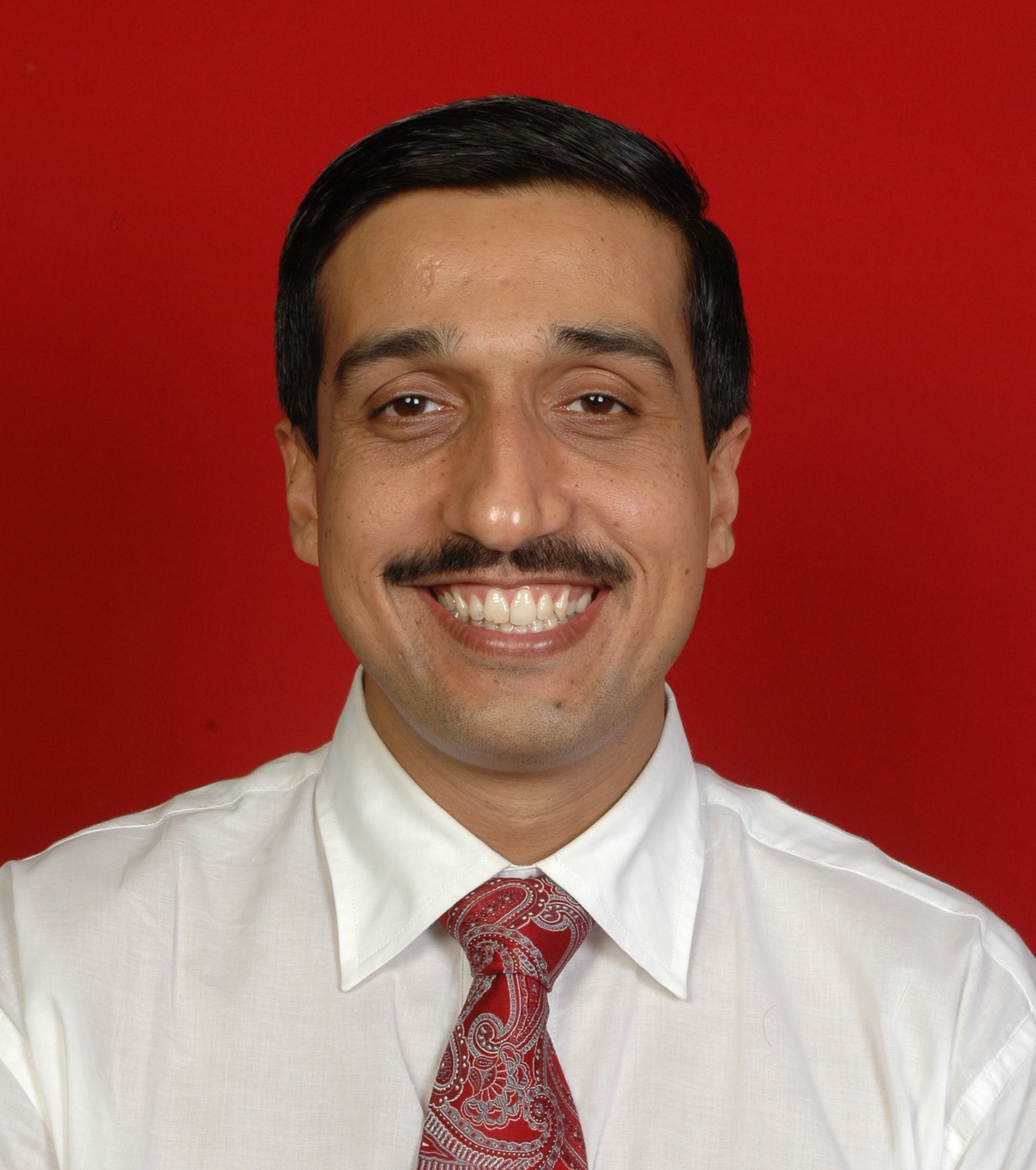1. See clearly: Focus the microscope in such a way that the anterior capsule is exactly in focus. Low magnification would help in increasing depth perception, even though things don’t appear grossly magnified. Even if the patient moves the eye a little, things don’t go out of focus.
2. Stain if needed: If the red glow is not very clearly seen, and the cut end of the anterior capsular flap may not be easily visible, its best to stain the capsule by trypan blue. This should be done before starting the capsulorhexis.
3. The pressure above should be more than the pressure below. The capsulorhexis flap shall not extend to the periphery if the pressure above it is more than the pressure below it. If superior rectus muscle suture has been taken, loosen it. Loosen a tight speculum. Both increase the pressure on the globe, pushing the vitreous up and putting strain on the posterior capsule.
4. Do CCC slowly: The time spent on it is completely worth it. The success of surgery, especially in phacoemulsification, and subsequent intra-ocular lens implantation depend on a good capsulorhexis. People spend money on Zepto and Femto for getting a good capsulorhexis. A few minutes extra can be the difference between an intact and broken CCC.
5. Watch for external extension: If the flap is running to the periphery, control it.
6. Do 15-30 degrees at a time: The chances of run-away or extension are more in a hurriedly performed capsulorhexis. Change the placement of the cystitome or Utrata forceps frequently. They should grasp the flap nearest to the cut end.
7. Finish outside in the chances of extension or run away are zero if this is done.
8. Plan size depending on the surgery: Manual small incision cataract surgery needs large capsulorhexis, especially if the nucleus is very hard, like in a brunescent or black (nigra) cataract. Multifocal and toric IOLs need smaller capsulotomy to ensure exact centration. Smaller CCC is planned in posterior capsular or posterior polar cataract, where chances of posterior capsular rent are higher, and IOL may have to be implanted on the anterior capsular rim.
9. Complete more important than curvilinear or circular: The shape is not very important, having an intact rim is.
10. Polish at the anterior capsular rim in the end: The lenticular cells are present at the equator and the periphery of the anterior capsule. Polishing them ensures that the capsules stay transparent for many years to come.
